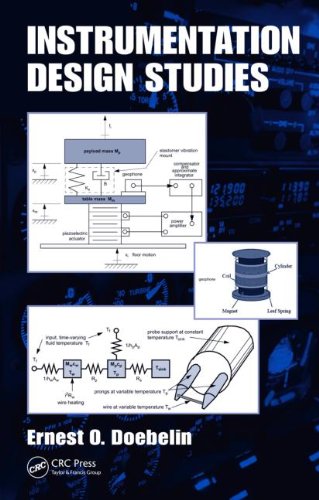

Most ebook files are in PDF format, so you can easily read them using various software such as Foxit Reader or directly on the Google Chrome browser.
Some ebook files are released by publishers in other formats such as .awz, .mobi, .epub, .fb2, etc. You may need to install specific software to read these formats on mobile/PC, such as Calibre.
Please read the tutorial at this link: https://ebookbell.com/faq
We offer FREE conversion to the popular formats you request; however, this may take some time. Therefore, right after payment, please email us, and we will try to provide the service as quickly as possible.
For some exceptional file formats or broken links (if any), please refrain from opening any disputes. Instead, email us first, and we will try to assist within a maximum of 6 hours.
EbookBell Team

4.4
72 reviewsIntegrating physical modeling, mathematical analysis, and computer simulation, Instrumentation Design Studies explores a wide variety of specific and practical instrumentation design situations. The author uses MATLAB® and SIMULINK® for dynamic system simulation, Minitab® for statistical applications, and Mathcad for general engineering computations. Rather than consult the extensive manuals of these software packages, readers can access handy, sharply focused material in the appendices to assist in comprehension.
After introducing the techniques behind the design of experiments (DOE), the book discusses several technologies for implementing vibration isolation, the design of a high-accuracy pressure transducer, and the use of cold-wire thermometers for measuring rapidly fluctuating fluid temperatures. It then focuses on a basic piezoelectric actuator that provides translational motions up to about 1mm full scale with nanometer resolution, before covering instruments used to measure the viscosity of liquids as well as two special classes of microphones (infrasonic and ultrasonic) and their important specialized applications. The book also presents statistical tools, such as hypothesis testing and confidence intervals, for experiments; the design and applications of thrust stands for measuring vector forces and torques; and the analysis and simulation of a shock calibrator. It concludes with a discussion of how shock testing machines can help reduce or prevent mechanical failures.
Spanning system dynamics, measurement, and control, this book addresses the needs of practicing engineers working in instrumentation fields. It focuses on instruments for various applications, from geophysics to mechanical and aerospace engineering.